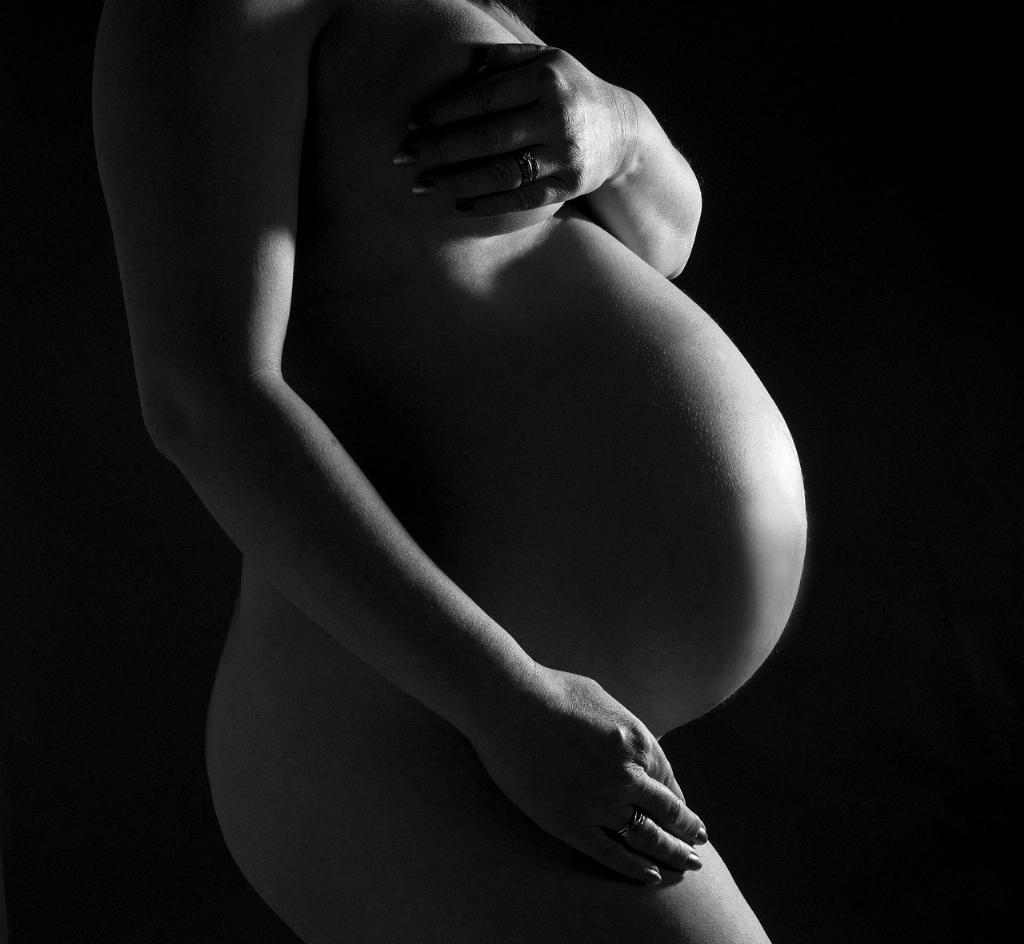When it comes to cleaning products like ammonia and bleach, it’s crucial to consider the potential risks they may pose, especially during pregnancy. While ammonia and bleach are common household cleaners, it’s essential to be cautious about using them when expecting a child. The smell of chemicals like ammonia and chlorine can often lead to nausea, which is a common symptom experienced by many pregnant women. However, according to the March of Dimes, these chemicals are not necessarily toxic in small quantities.
It’s important to understand that some cleaning products, including ammonia and bleach, can contain harsh chemicals that may have adverse effects on both maternal and fetal health. While ammonia and chlorine may not be harmful in limited exposure, other products, such as paints, paint thinners, oven cleaners, varnish removers, air fresheners, aerosols, and carpet cleaners, can pose more significant risks during pregnancy.
During pregnancy, the body undergoes numerous changes, making it more sensitive to certain substances. The exposure to fumes and chemicals from cleaning products like ammonia and bleach can potentially harm the developing fetus. These chemicals can be absorbed through the skin or inhaled, affecting the respiratory system and potentially causing harm to the baby if not used cautiously.
Experts recommend minimizing the use of harsh chemicals, including ammonia and bleach, during pregnancy to reduce the risk of potential harm. It’s advisable to opt for safer, more natural cleaning alternatives to protect both the mother and the unborn child. While cleaning is essential, prioritizing the health and well-being of the baby should be the top priority.
When considering using cleaning products during pregnancy, it’s advisable to read the labels carefully and understand the potential risks associated with each product. If unsure about the safety of using ammonia or bleach while pregnant, it’s best to consult with a healthcare provider for guidance. Seeking medical advice can help ensure that the cleaning products being used are safe and pose minimal risks to the pregnancy.
Pregnant women should also consider using personal protective equipment, such as gloves and masks, when handling cleaning products to minimize direct contact with harmful chemicals. Proper ventilation is essential when using ammonia and bleach to prevent the buildup of fumes that can be harmful when inhaled, especially during pregnancy.
It’s essential to keep in mind that the health and safety of both the mother and the developing fetus should always take precedence. Making informed choices about the use of cleaning products during pregnancy is crucial to minimize any potential risks and ensure a healthy pregnancy. Opting for natural, non-toxic cleaning alternatives can help create a safer environment for both the mother and the baby.
Consulting with healthcare providers or professionals in the field of pregnancy and maternal health can provide valuable insights and recommendations on the safe use of cleaning products during pregnancy. Being proactive and cautious about the products used in the household can contribute to a healthier and safer environment for the entire family, especially during this critical period.
Overall, while the use of ammonia and bleach may not always pose significant risks in small quantities, it’s crucial to exercise caution and prioritize safety during pregnancy. By being mindful of the products used and taking necessary precautions, pregnant women can help protect themselves and their unborn child from potential harm associated with harsh chemicals commonly found in cleaning products.

